Due to looming talent shortages and increased healthcare costs, organizations across the globe are concentrating efforts to ensure the sustainability of their most important asset, their people. Unlike other business assets - buildings, technology, investments - people have a choice about for whom they work, how much they give to their job and how they impact the people around them. In a knowledge economy, the knowledge, skills, creativity and connections of its people are an organization's primary, and oftentimes only, performing assets.
Research shows that happy, healthy and engaged employees produce more and cost less. An organization's workplaces, work processes, and work practices comprise and ecosystem that has the potential to enhance employee well-being and thus, organizational performance.
Learning Objectives
Define the history of wellness and the move to well-being
Identify the indirect and direct costs of poor health and well-being
Define the top 4 global drivers of well-being initiatives
Explain workplace strategies that address employees' physical, emotional, and social well-being
Course Codes
IDCEC 104113 and AIA WGFP2015
Presenter
Jennifer E. Graham, Knoll

